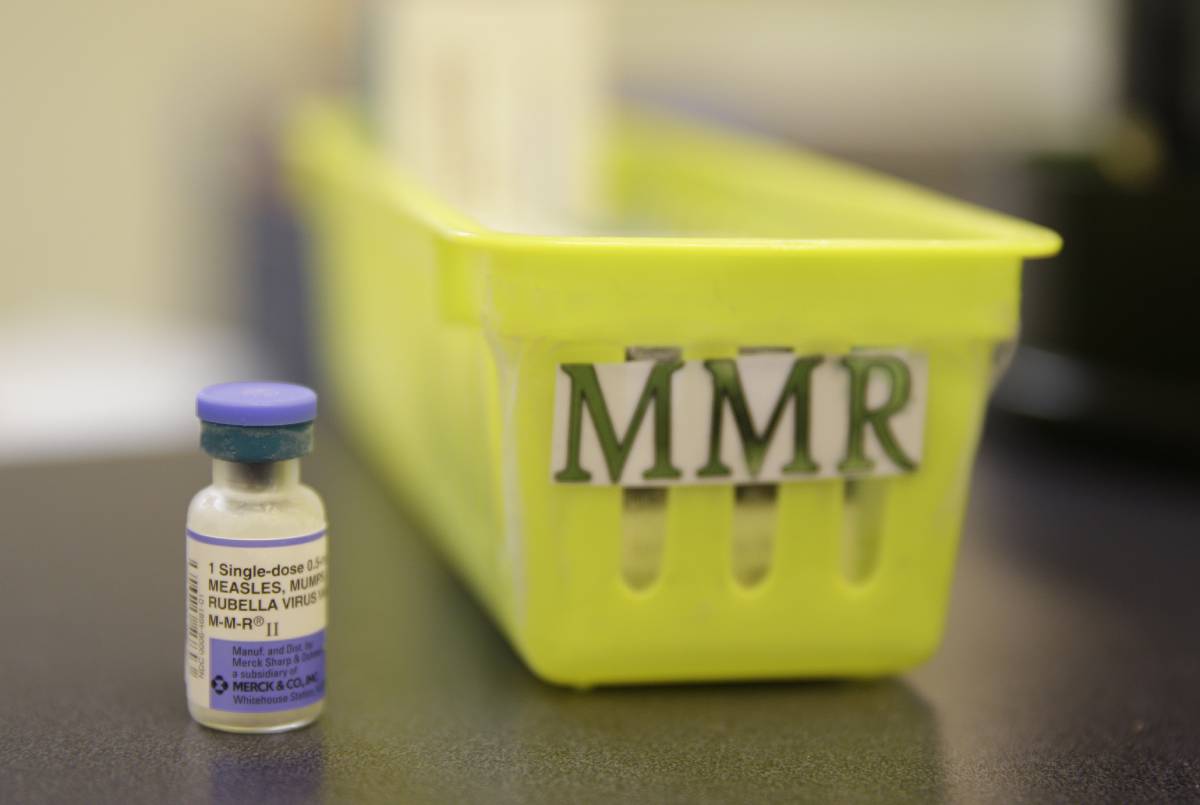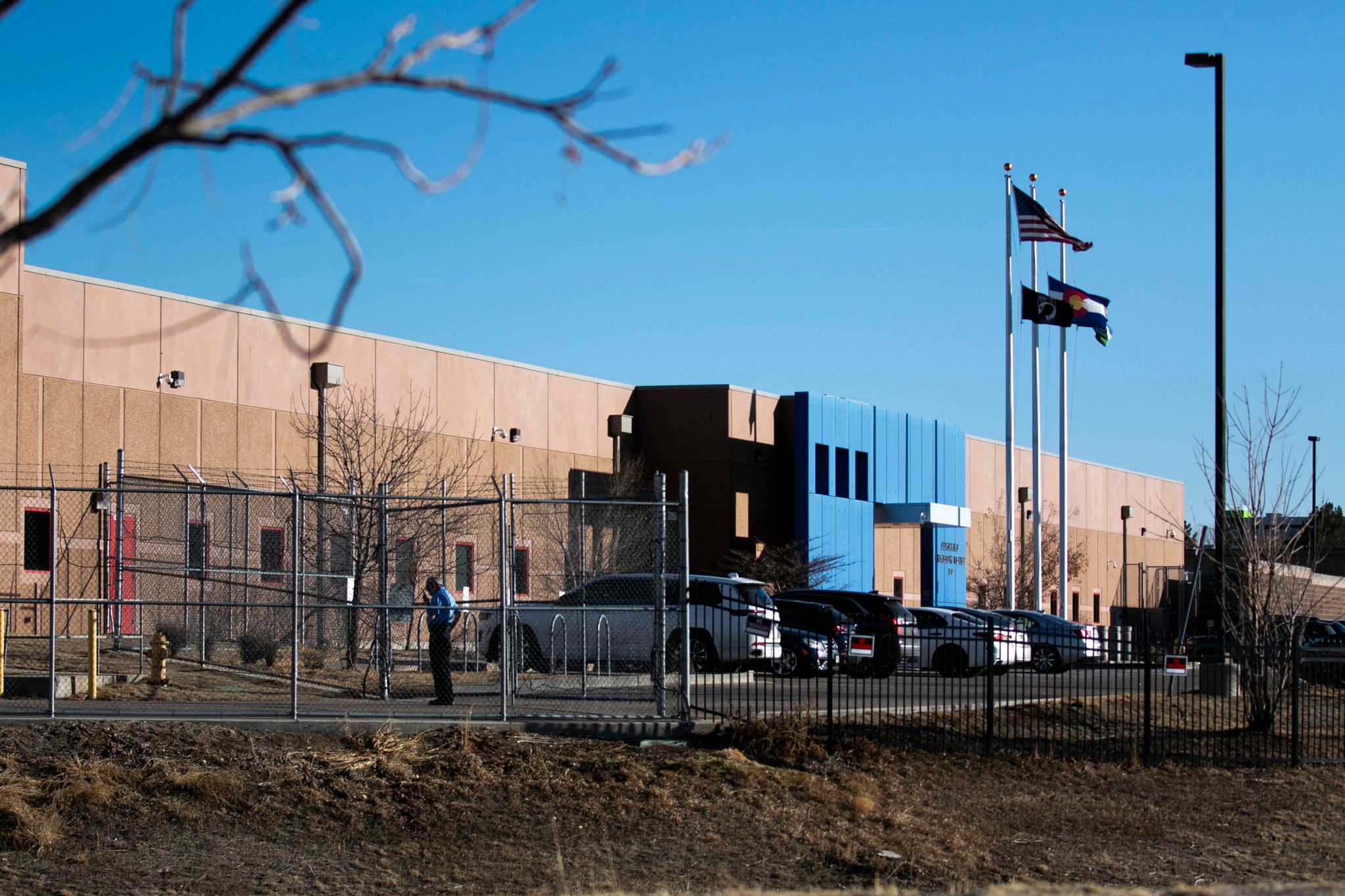
Fireworks weren't the only thing to capture the nation's attention last night: At 9:53 p.m. MDT, NASA's Juno spacecraft entered Jupiter's orbit. Jupiter, the largest planet in our solar system, is made up of gas and shrouded with thick multi-colored clouds.
The Lockheed Martin, Colorado-built space craft will spent 20 months studying the solar system’s largest planet to help scientists learn more about Jupiter’s origins, atmosphere and magnetic field.
There were cheers and high fives as a team at Lockheed Martin near Denver watched their spacecraft successfully fall into orbit. A Lockheed director called the maneuver “flawless” – with Juno moving about 12-hundred miles per hour, more than 500 million miles away from Earth. Via NPR:
Over the coming days and weeks, mission managers will be instructing the spacecraft to turn its scientific instruments back on. They were all turned off for the insertion maneuver to reduce the risk of a computer glitch. The instruments won't make their first close-up measurements of Jupiter until the end of August. That's because Juno is in a large, oval-shaped orbit that takes it far from the planet, only returning to Jupiter 53.5 days after it first arrived.
Kenny Starnes, who manages the Juno program at Lockheed Martin's campus in Littleton, and Doug Duncan, director of the Fiske Planetarium in Boulder, spoke with Colorado Matters host Ryan Warner about the spacecraft's mission.









